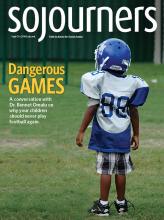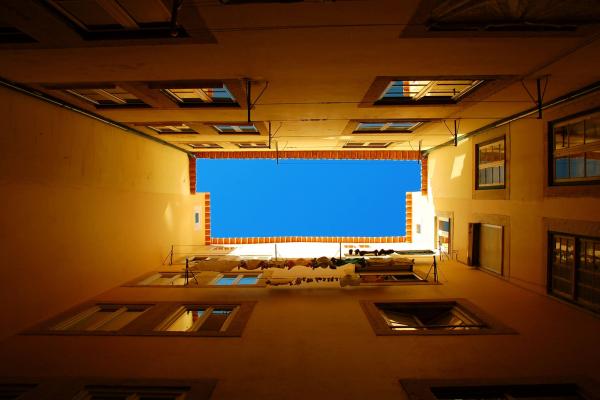ISSUES RELATED to race were at the center of my growing political consciousness when I was an undergraduate in the 1990s. Two were especially impactful: racism in the criminal justice system and racism in cultural representation.
The Rodney King beating happened when I was in high school, and there was almost nothing said about it in the largely white, professional, middle-class suburb where I grew up. In fact, the remarks that I do remember were sympathetic to the police.
The crew I ran with in college changed all that. They raised questions such as: Do you think if the officers were black and the person being beaten was white that the national conversation would be the same? Do you think that the continuous portrayals of black people as criminals had nothing to do with the acquittal of the police officers?
Those kinds of questions shifted my worldview—for the better, I believe. Given that, it should come as no surprise that the news stories I paid the most attention to in 2015 were about issues of race, the criminal justice system, and cultural representation. Basically, I was consumed with #BlackLivesMatter and #OscarsSoWhite.
Read the Full Article

